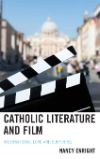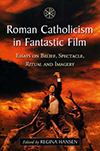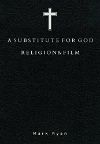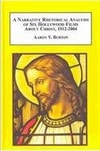- Author(s): Marc Raymond
- When: 2019-09
- Where: Scorsese and Religion (Studies in Religion and the Arts, Volume: 15)
This essay will trace Scorsese's role as a film historian and aide and its link to his religious upbringing, in which the sacred and the profane indeed mix and in which the great cinematic canon does in fact supplant the Catholicism of Scorsese's youth. However, the connections between the church and the movies never disappear, partly because the very film canon that Scorsese helps consecrate has roots in the Catholicism of the French New Wave and the auteur theory Scorsese encounters in the seemingly secular institution of New York University in the 1960s. Thus, while Scorsese's intense childhood faith dissipates, his theological fascination finds an outlet in the film medium, which can be seen both in his fictional works such as The Last Temptation of Christ (1988) and Silence (2016), as well as his vast work as a historian and critic:A Personal Journey and My Voyage to Italy (2016), as well as the analysis of popular music in the films The Bluees (2003), No Direction Home: Bob Dylan (2005), and George Harrison: Living in the Material World (2011). Although this recent work may seem less directly religious than some of his features, close analysis shows the continued importance and influence of Scorsese's Catholicism on these secular exegeses. by particular,the interplay between the sacred and the profane and the importance of blasphemy would remain a key thematic and deeply influence how Scorsese interprets his documentary subjects.






